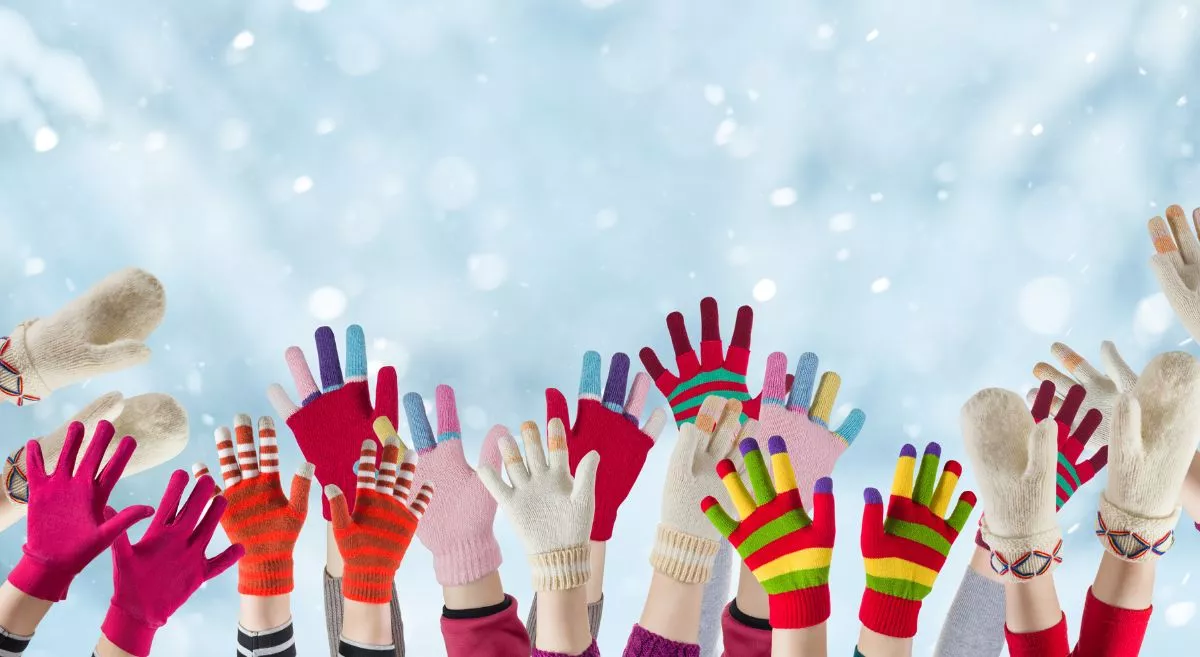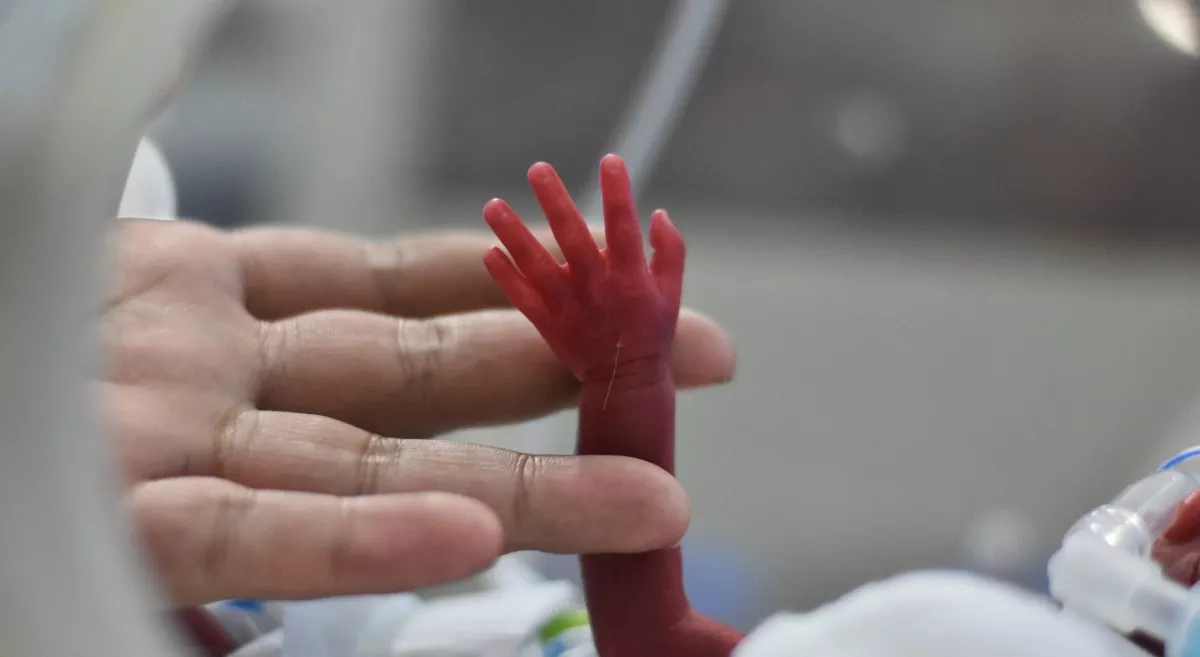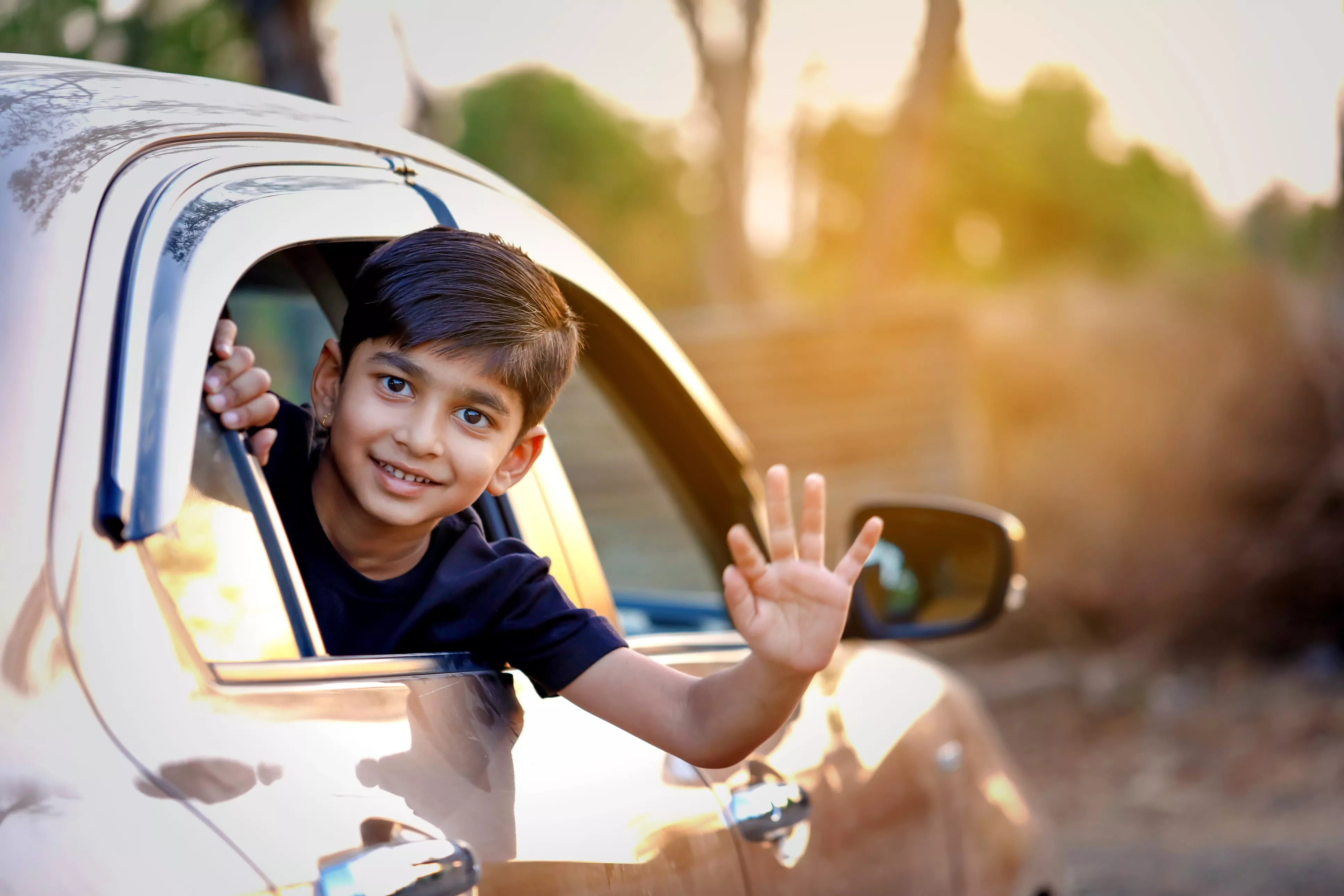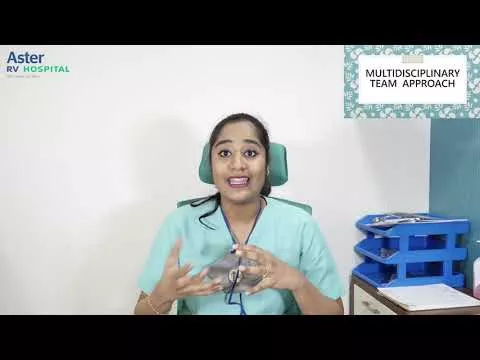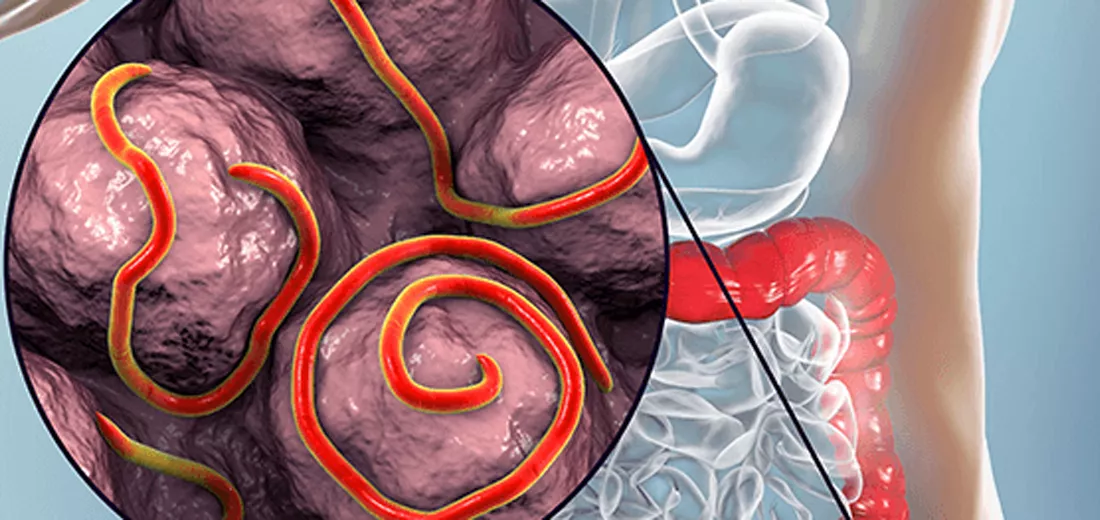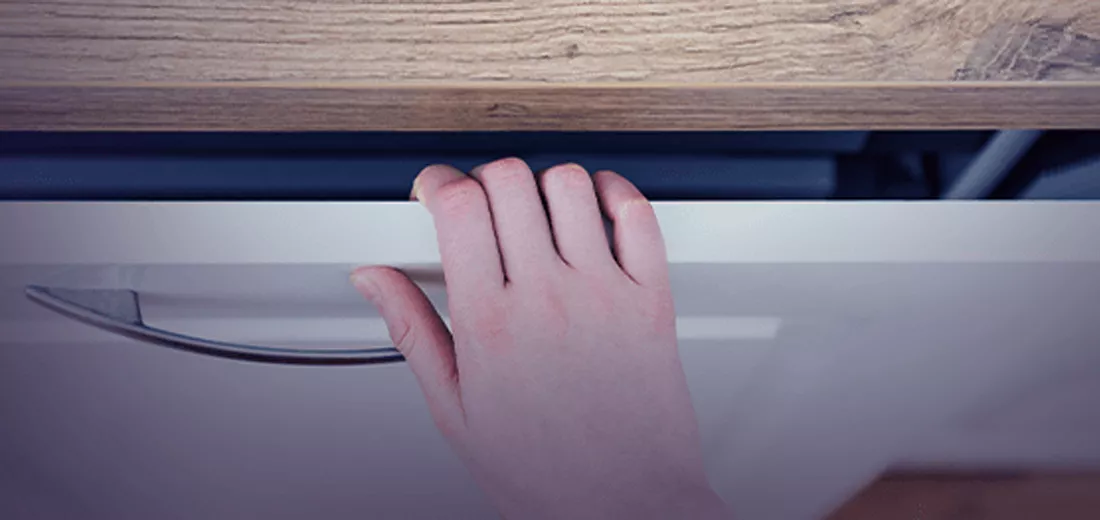Children are very active, especially when it comes to playing, and thus are often involved in one injury or another. Common childhood incidents include minor injuries such as cuts, scrapes, and bruises, which are normal occurrences during childhood. However, some injuries can be avoided by being vigilant. From the house, school, and play areas, it is very important to teach children how to prevent themselves from getting injured. Here is a list of some important dos and don’ts to ensure that they do not get injured in the process.
Home Safety: Creating a Safe Indoor Environment
The home is where children spend much of their time, but it’s also where many injuries occur. These preventive steps can make your home safer:
a. Childproofing the House
For infants and toddlers, it’s important to childproof the home to prevent falls, poisoning, and burns. Here are some steps you can take:
- Use safety gates to block staircases.
- Secure heavy furniture, like bookshelves and TVs, to the wall to prevent tipping.
- Place childproof locks on cabinets that contain dangerous items like cleaning supplies, medications, or sharp objects.
- Keep small objects like coins, marbles, and batteries out of reach to prevent choking.
- Install window guards or stops to prevent falls.
b. Preventing Burns
Children are naturally curious about their surroundings, making them more vulnerable to burns. Here’s how to minimize the risk:
- Keep hot food and drinks away from the edges of tables or counters.
- Use the back burners of the stove when cooking and keep pot handles turned inward.
- Ensure your water heater is set to a safe temperature (around 120°F or 49°C) to prevent scalding.
- Keep matches, lighters, and candles out of reach.
c. Avoiding Poisoning
Poisoning is a major concern, especially with the array of household cleaners and medications. To prevent this:
- Store all medications, cleaners, and chemicals in locked or high-up cabinets.
- Never refer to medicine as "candy" to make it more appealing to children.
- Keep the number for poison control handy in case of emergencies.
Playground Safety
As fun as the playground is for children, it is also a place where children get injured, especially while at play. To minimize risk:
- Supervise at all times: Parental supervision is paramount, especially when children are engaged in playtime activities.
- Check playground equipment: It should be smooth and have all corners blunted; the ground beneath the structure should be rubberized or covered with wood shavings.
- Teach proper use of equipment: Guide your child in the proper manner of using slides, swings, and other structures found in the play area. Do not indulge in extreme stunts such as jumping off the bridge or overcrowding the equipment.
Safety in Sports and Recreation
Although playing sports helps kids stay healthy, there is a greater chance of injury. To lessen the possibility of harm:
- Put on safety gear: When playing sports, make sure your child is wearing the appropriate gear, such as mouthguards, knee pads, and helmets.
- Exercise to warm up and cool down: To avoid muscle strain, ensure your child stretches and warms up before any physical activity.
- Rest and hydrate: Make sure your child drinks enough water and takes regular breaks to prevent heat-related injuries or overexertion.
Bicycle and Scooter Safety
Bicycles and scooters are great toys for children, yet they often cause falls and accidents. Here’s how to reduce risk:
- Always wear a helmet: Proper helmet fitting can lower the chances of a head injury by as much as 85%.
- Choose the right size bike: Ensure that your child is using the correct size and type of bicycle or scooter for their age and size.
- Follow road safety rules: Teach your child basic road safety tips, such as looking both ways before crossing the road, signaling, and not crossing when the light is red.
Car and Booster Seat Safety
Road traffic accidents are among the major sources of injury in children. Keep your child safe on the road by:
- Using the correct car seat: Follow guidelines according to your child’s age, weight, and height. Infants and toddlers up to the age of 2 years should use rear-facing car seats, while children aged between 2 and 4 years can use forward-facing seats and booster seats.
- Check the installation: Ensure that car seats are properly installed and follow the manufacturer’s requirements.
- Buckle up: Always check that everyone, including your child, is strapped in with a seatbelt.
Water Safety
Water activities can take place in wells, swimming pools, lakes, or at the sea, so there’s a need to practice water safety to avoid drowning or other incidents.
- Supervise closely: It only takes a moment for a child to get in trouble in the water, so never leave a child alone near water.
- Enroll in swimming lessons: It is recommended to start activities that help your child become a good swimmer and stay safe around water as early as possible.
- Use flotation devices: Ensure that young children or poor swimmers wear life jackets near or in the water.
Fire and Burn Prevention
Injuries from hot liquids, fires, or electrical sources can be very serious. Prevent them with these steps:
- Install smoke detectors: Ensure there is a smoke alarm in every room, and make sure they are functioning.
- Keep hot objects out of reach: Be cautious with hot drinks, stoves, or electrical cords within a child’s reach.
- Teach fire safety: Teach your child the risks of fire, matches, and emergency fire drills.
First Aid Knowledge
Accidents can still occur despite preventive measures. Knowing basic first aid can make a big difference in how you respond to injuries:
- Learn CPR: Take a CPR course so you are equipped to help if your child chokes or drowns.
- Keep a first aid kit: Ensure you have a well-stocked first aid kit both at home and in your car.
- Seek medical attention when needed: If an injury seems severe or a child complains of severe pain, seek professional help immediately.
Conclusion
Injury prevention for children is about balancing safety with allowing them the freedom to explore and grow. As you’ve read time and again, your two biggest tools for avoiding injury are supervision and education. From the home to the playground, your close observation will help minimize accidents and keep your child safe.





